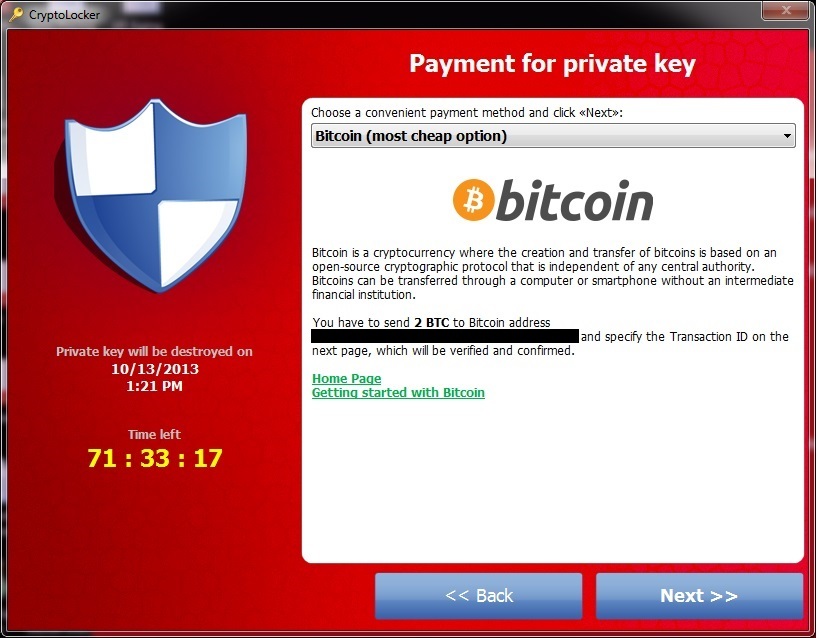
5 Tips for Ransomware Protection
Ransomware is a type of malware, in which the data of the victim is held hostage through encryption and a payment is demanded, in exchange for releasing or returning the data back. Ransomware is spread through various methods including;
- Phishing
- Malicious email attachments
- Infected program
- Malicious links
Ransomware is usually developed for targeting businesses as they encrypt their entire data, bringing all the essential operations to a sudden halt, causing enormous loss to the company. So is there any way out for ransomware removal or is it impossible to do anything about it? We highly suggest ransomware prevention.
This specific type of cyber attack has been trending a lot lately. The rise has been significant and businesses have faced quite a lot of trouble due to it. Thus, taking all the necessary steps to prevent your organization from ransomware is very important and must not be overlooked.
How to Prevent Ransomware Attacks?
There are different ways in which you can prevent a ransomware attack and the entire team plays a huge role in it. Protection of sensitive data is not just the employer’s headache. You need to ensure that every worker in the enterprise is contributing to it.
Thus, here are some practices that can have an impact in protecting an organization’s sensitive information.
1. Training Employees
The most important line of defense is to train and educate your employees about ransomware attacks and how to manage one. Ransomware is commonly spread through emails, thus, arming your team can play a huge role in prevention. Educate them about emails that look suspicious and how to manage such attachments and links. Train them on how to recognize a phishing attack and steer clear of it. Identification is the main step; if you are able to pick on an email that looks suspicious, you can prevent ransomware from taking place.
2. Backup Regularly
Another crucial step for preventing ransomware is to back up and secure your data on a regular basis. When you have a professional backup process, you are able to stay secure and limit the damage that an attack might cause.
3. Controlled Access
Software and networks can be extremely helpful in running your business. But granting unlimited access can be very dangerous for your business. You are posing a threat to the organization’s security. It is important to utilize very limited software and third party networks. Only use the ones that are extremely beneficial for your company. Also, do not give them unlimited access to all the data. This can be very helpful in securing your sensitive data.
4. Regular Updates
Software updates are very crucial. Many times, we do not pay much attention to it and this is where we go wrong. You need to make sure that you regularly update all the software that is running on your network. Updates have security updates that are extremely essential and they must be installed as soon as possible.
5. Do not Pay the Ransomware
Don’t rush into paying the ransom right away. They are just targeting you for more and more attacks in the future. They might not even give you access to the data after receiving the money. Thus, do not pay until very necessary.
Conclusion
Ransomware attacks are quite stressful to deal with. Thus, it is best to do everything to prevent them in the first place. Train and educate your team to deal with them smartly, instead of being sorry later on.






Average Rating